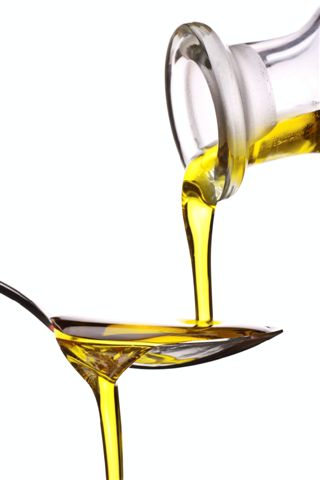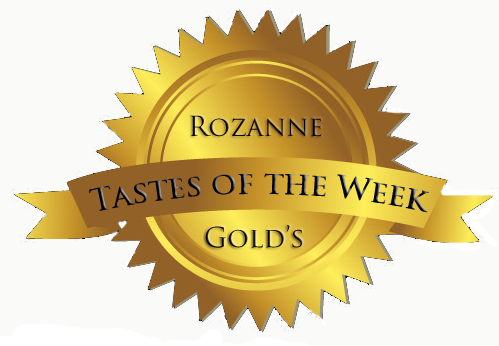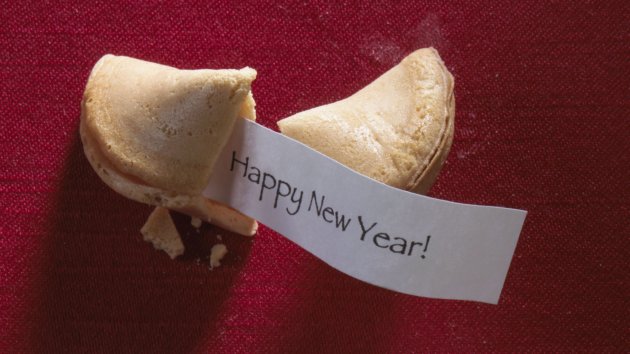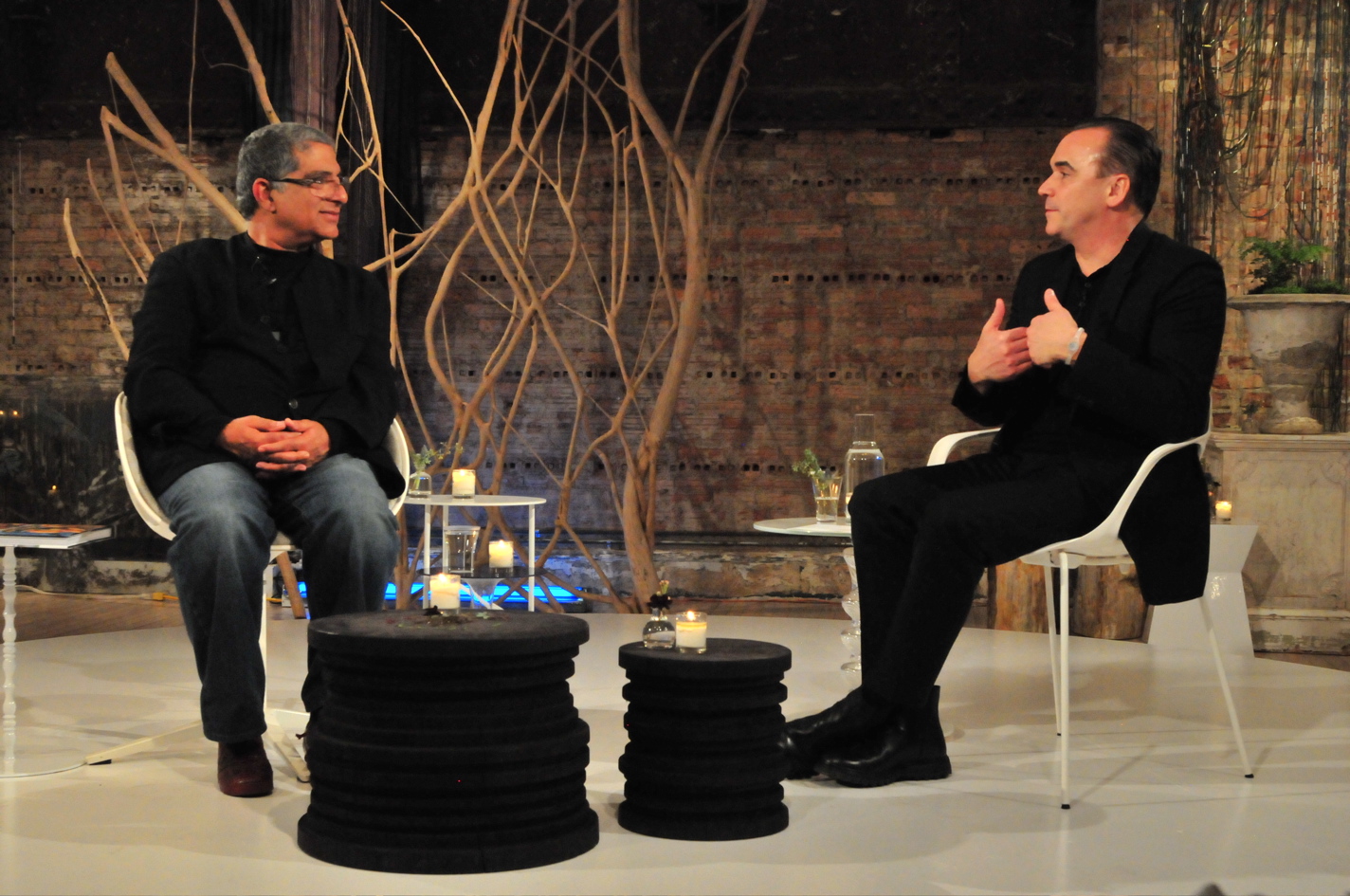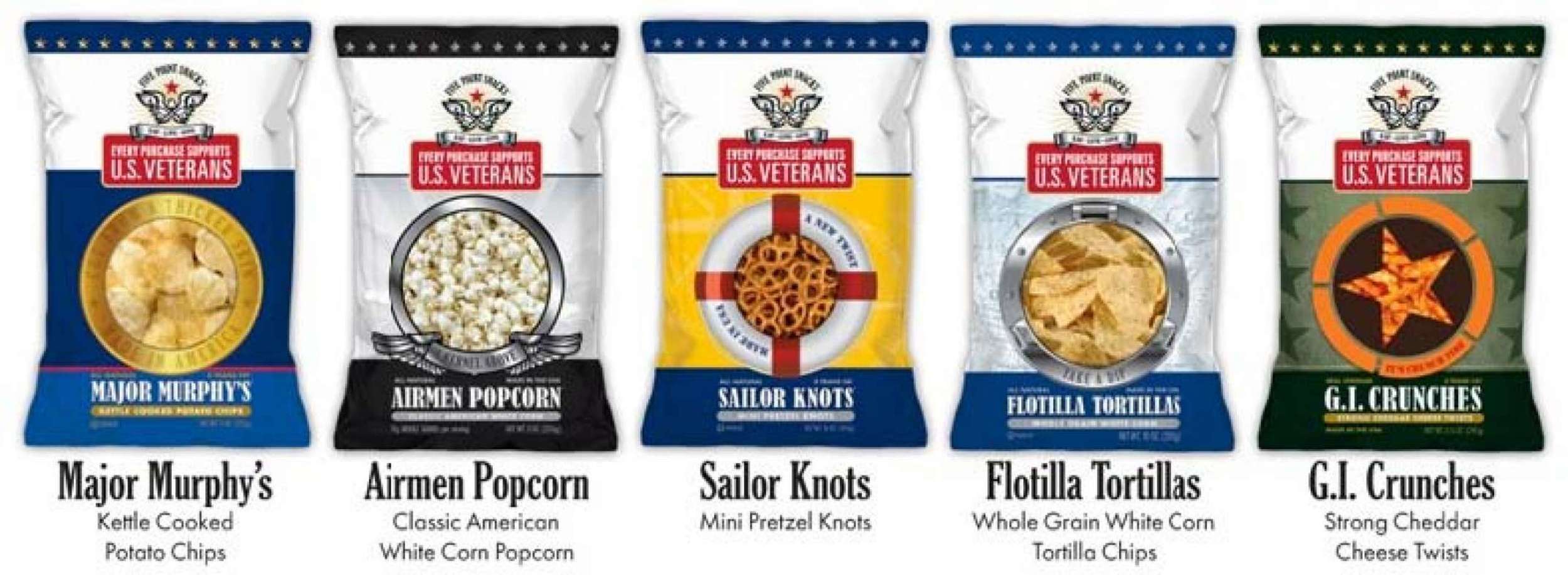
It was the mention of nasturtiums on a trendy menu recently that reminded me of Joe Baum. Considered by many to be the greatest restaurateur of the last century, it is hard to imagine that he died thirteen years ago, in 1998, October fifth to be exact, during summer’s last gasp.
This razzle-dazzle man who created no fewer than fifty restaurants, including the world’s largest-grossing and most legendary, who launched a thousand trends and inspired four decades of chefs, is slowly forgotten by a younger generation who, in blissful ignorance, still eat and drink his dreams.
Sitting wistfully at my desk, I marvel at a menu Joe created more than 50 years ago for New York’s Four Seasons restaurant in midtown New York. On it is a curious salad of nasturtium leaves, presaging by three decades America’s fling with edible flora. Also in its startling repertoire are foraged wild mushrooms, a beefsteak tomato carved tableside, fiddlehead ferns, acid-tinged calamondin oranges (today called calamansi), and those now ubiquitous but then obscure cherry tomatoes and snow peas.
Even with foraging, Joe was ahead of his time, sourcing wild mushrooms picked by John Cage, noted avant-garde composer and celebrated mycologist. If it wasn’t just right, or fascinating somehow, it wasn’t for Joe.
The menu was peppered with Joe’s sensibility: “Our field greens are selected each morning and will vary daily". Unloved and humble vegetables were heralded with: “Seasonal gatherings may be viewed in their baskets” -- offering 16 side dishes including Farmer’s Sprouts with Bacon, Beets with Rosemary, a dish of Braised Lettuce with Marrow and Almonds.(Twenty years later, he would install a “vegetable sommelier” in the three-star Market Bar & Dining Rooms at the World Trade Center and turn a steakhouse into the country’s first market-driven restaurant.)
More important than any individual ingredient, however, was The Four Seasons’ culinary conceit: A freewheeling amalgam of great dishes from around the globe that foretold the emergence of a “world cuisine” that, in this new century, defines who we are and how we eat.
With The Four Seasons, and the nearby La Fonda del Sol, which was the country’s first pan-Latino restaurant, Joe began a trend that ultimately broke the strangle-hold that French restaurants held on gastronomy. At the outset both lost serious money and were misunderstood. Notorious for nouns and verbs that tumbled into incoherent sentences, Joe remarked years later: “I was too previous”.
Joe developed icons you could ingest. His restaurants embodied discovery, pleasure, and sensate experiences, and he brought to every level of dining a theatricality that obliterated stodgy orthodoxies. He wrote menus in English (instead of stodgy French) – and insisted that people feel comfortable – rather than intimidated – in their surroundings.
Almost 30 years ago, at the Hors d’Oeuvrerie on the 107th floor of the World Trade Center, Joe broke all the rules by merging small plates of sushi, quesadillas, bunderfleisch and Thai spring rolls on a single menu that foretold the ultra-relaxed “grazing” craze.
And he introduced New York to two new types of restaurants that he called by their forms: Trattoria and Brasserie, the latter still alive on East 53rd Street.
Joe created the world’s first fast food court – The Big Kitchen – and changed the way developers built shopping centers. And he made rooftop dining respectable – the Tower Suite, Rainbow Room, and Windows on the World shone in the sky like romantic spaceships, with interior lives rich enough to outperform a foggy galaxy.
Twenty-seven years ago, I celebrated Joe’s birthday on the first day of my job. He had hired me, a tall, slightly neurotic Jewess with notably sensitive food radar and commendable connections, to be his culinary sidekick. I had already worked for several brilliant, blustery men – as chef to Mayor Wagner at his law firm, as first chef at Gracie Mansion for Mayor Ed Koch, and personal chef to Joe Brooks, Chairman of the Board of Lord & Taylor, while in charge of 38 restaurants nationwide. I even cooked for a President and Prime Minister.
But nothing could have prepared me for the “University of Baum,” as one Disney executive put it after attending one of Joe’s “master classes” – an endless colloquy of screaming, drinking, discovery and creation, that would influence, once boldly and now posthumously, the spirit of dining and the spectre of hospitality forever.
But that morning, I selected two dozen ripe figs, caressing each as if to ascertain its inner perfection, and brought a celebratory cake I’d baked from a distant memory.
It was an intimate affair, just the four of us, Joe, me, and his partners, Michael Whiteman and Dennis Sweeney, in an office overlooking Madison Square Park. Biting into every fig to find the most succulent, Joe growled “What’s in the cake, Gold?”, miffed that his exquisite taste buds had faltered.
“Olive oil, red wine, lemon zest and a bit of rosemary,” I answered with an apprehension that must have been obvious. “Something I tasted once in Venice.” He looked at me and said, “Smile.” It was his shorthand for affection.
On that lovely August morning we chatted about Joe’s current projects. I’d been hired to help an upscale supermarket chain rethink how food would be sold in the years ahead. The answer? To cook restaurant-quality food in open kitchens and hire real chefs in starched whites to interact, nose to nose, with customers. We made supermarket food respectable, too.
At the same time, there was restaurant Aurora in midtown Manhattan, named for the goddess of dawn, which Joe created for himself, rather than for clients. No project could have been more excruciating for a man who was terrified of criticism. His defense was to brand himself a perfectionist, endlessly tinkering, redesigning, piling up costs and refusing to declare a project finished. One detractor quipped that “Joe could exceed an unlimited budget” -- which occurred at Aurora, a three-star dining temple that eventually sank under its profligate excesses.
And what of his $26 million re-do of the Rainbow Room in 1987? One Rockefeller executive grumbled, “America bought Alaska for one-third of that.” But Joe rescued an American icon from obscurity and had his revenge by resurrecting Baked Alaska on the menu. In short order he turned the place into the country’s largest-grossing, and most magical, eatery.
Earlier, Joe created the outlandish Forum of the XII Caesars where potatoes came baked in hot ashes, pheasant was served forth on a soldier’s shield, and where oversized silverware and wine buckets fashioned from upturned warriors’ helmets reflected the obsessively designed lighting. This time the menu had a short preamble: Cenabis Bene…Apud Me. “You will dine well at my table”. It was the essence of Joe.
By today’s standards it was high-class kitsch complete with food on flaming swords, but restaurants and hotels around the country noticed that Joe had stopped “doing the continental” and imitated his every move.
He detested being dubbed the “father of theme restaurants” although had created a German sausage emporium, a Latino showpiece, an Irish saloon, an English pub, a Hawaiian restaurant with hula dancers, and quintessential “New York” dining spots.
Working beside him for 14 years, Joe showed me how – given enough design strength, merchandising razzle-dazzle, sizzling menu language and great marketing – it was possible to replace the personality of an owner with the personality of a concept. Which is why no one looks any more for a Danny or a Mario or Emeril at the door; the idea of eating in one of their places suffices.
Eventually Joe trusted me to create concepts for his company: “Hudson River Cuisine” for the three-star Hudson River Club; Café Greco, the city’s first “Med-Rim” restaurant; Little Meals at the Rainbow Room (with a James Beard award-winning book dedicated to him); the food program that helped win back Windows on the World in 1996, and The Greatest Bar on Earth. I was consumed with his teachings.
Joe was an epicure: a hedonist with a drink in one hand, a cigarette in the other and, usually a forgotten cigar smoldering nearby. He perfected a language of food that could make guests swoon, yet his own unruly syntax produced such howlers as “don’t push a dead horse,” “someone threw a monkey into the works,” and “there’s a flaw in the ointment.”
A few years before he died, the man who rocked the world of fine dining and pleasure got tangle-tongued one last time. Accidentally conflating two separate thoughts, he uttered the words “sustainable cuisine”, leaving all of us scratching our heads. If Joe said it, it presumably meant something.
A new idealism was born – a concern that today links how chefs and restaurants can support small farmers and regional agriculture so that future generations will dine well at the table.
“Smile,” I heard Joe say, as I bit the nasturtium flower and its peppery leaf. Joe, you are missed.

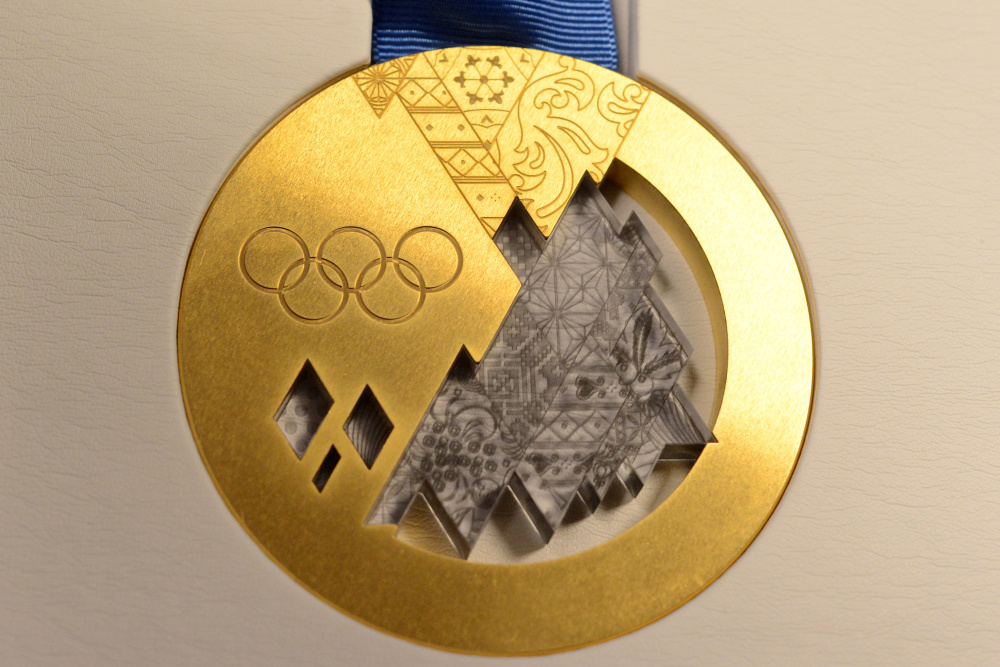

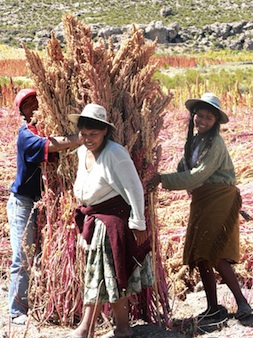 A guest at our Thanksgiving Leftovers Dinner raved about a quinoa stuffing she'd made for her own family's annual feast the day before. I cringed a bit because few of us comprehend the dark side of our trendy infatuation with this ancient food from high in the arid Andes.
A guest at our Thanksgiving Leftovers Dinner raved about a quinoa stuffing she'd made for her own family's annual feast the day before. I cringed a bit because few of us comprehend the dark side of our trendy infatuation with this ancient food from high in the arid Andes.



